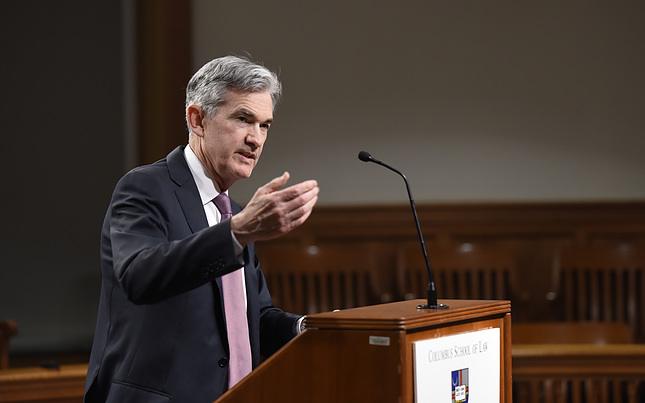On the radar
-
Core inflation in Poland dropped to 4.1% y/y in October.
-
Today, Hungarian central bank holds a rate setting meeting. We expect no change in the key policy rate.
-
Other than that Slovakia will publish unemployment rate and current account balance for September.
Economic developments
Last Friday, Eurostat released data on the greenhouse gas emission in the second quarter of 2024. Greenhouse gas emissions of the EU were estimated at 790 million tons of CO2-equivalents (CO2-eq), a 2.6% y/y decrease. As far as countries are concerned, greenhouse gas emissions were estimated to have decreased in 19 EU countries. More importantly, 14 of them decreased emissions while growing their GDP. From the region, Poland, Croatia, Slovakia, Hungary and Czechia were among those 14 countries. Looking at the long-term trends, we see a clear pattern of the reduction of fossil fuels used for electricity generation in CEE. At the beginning of the previous decade, approximately 300 TWh of power was generated from this source. However, this figure has decreased by one-third to just below 200 TWh in 2023. Solar and wind energy have played a significant role in phasing out fossil fuels, with their capacities expanding by 20-fold and 10-fold, respectively. Even more importantly, the overall generation capacity has remained unchanged. In terms of individual countries, Poland accounts for about half of the decline in power generation from fossil fuels. Romania and Hungary have successfully halved their reliance on fossil sources for electricity, whereas Serbia has experienced little change in this regard.
Market developments
The Hungarian central bank is the key event this week and we expect no change in the key policy rate of 6.5%. October inflation went up to 3.2% y/y and the Hungarian forint has been weak lately. EURHUF holds at 406 on Tuesday morning, while EURCZK moved up to 25.27 and EURPLN to 4.32. The Czech central bank Governor Michl warned against period of higher volatility of inflation around the central banks’ targets that will require tighter monetary policies. Long term yields moved slightly down in most of the CEE countries.
This document is intended as an additional information source, aimed towards our customers. It is based on the best resources available to the authors at press time. The information and data sources utilised are deemed reliable, however, Erste Bank Sparkassen (CR) and affiliates do not take any responsibility for accuracy nor completeness of the information contained herein. This document is neither an offer nor an invitation to buy or sell any securities.
Recommended Content
Editors’ Picks

GBP/USD stays below 1.2650 as BoE Governor Bailey testifies
GBP/USD trades in the red below 1.2650 on Tuesday. Although BoE Governor Bailey said a gradual approach to removing policy restraint will help them observe risks to the inflation outlook, the sour mood doesn't allow the pair to gain traction.

EUR/USD remains heavy near 1.0550 amid escalating Russia-Ukraine conflict
EUR/USD stays under heavy selling pressure near 1.0550 in Tuesday's European trading. The US Dollar finds fresh haven demand on escalating goeopolitical tensions amid reports that Kremlin is threatening a nuclear response amid Ukraine's use of Western missiles against Russia.

Gold extends recovery toward $2,640 as geopolitical risks intensify
Gold price builds on Monday's gains and rises toward $2,640 as risk-aversion grips markets amid intensifying geopolitical tensions between Russia and Ukraine. Meanwhile, the 10-year US Treasury bond yield is down more than 1% on the day, further supporting XAU/USD.

Canada CPI expected to rise 1.9% in October, bolstering BoC to further ease policy
The Canadian Consumer Price Index is seen ticking higher by 1.9% YoY in October. The Bank of Canada has reduced its policy rate by 125 basis points so far this year. The Canadian Dollar navigates multi-year lows against its American counterpart.

The week ahead: Powell stumps the US stock rally as Bitcoin surges, as we wait Nvidia earnings, UK CPI
The mood music is shifting for the Trump trade. Stocks fell sharply at the end of last week, led by big tech. The S&P 500 was down by more than 2% last week, its weakest performance in 2 months, while the Nasdaq was lower by 3%. The market has now given back half of the post-Trump election win gains.

Best Forex Brokers with Low Spreads
VERIFIED Low spreads are crucial for reducing trading costs. Explore top Forex brokers offering competitive spreads and high leverage. Compare options for EUR/USD, GBP/USD, USD/JPY, and Gold.